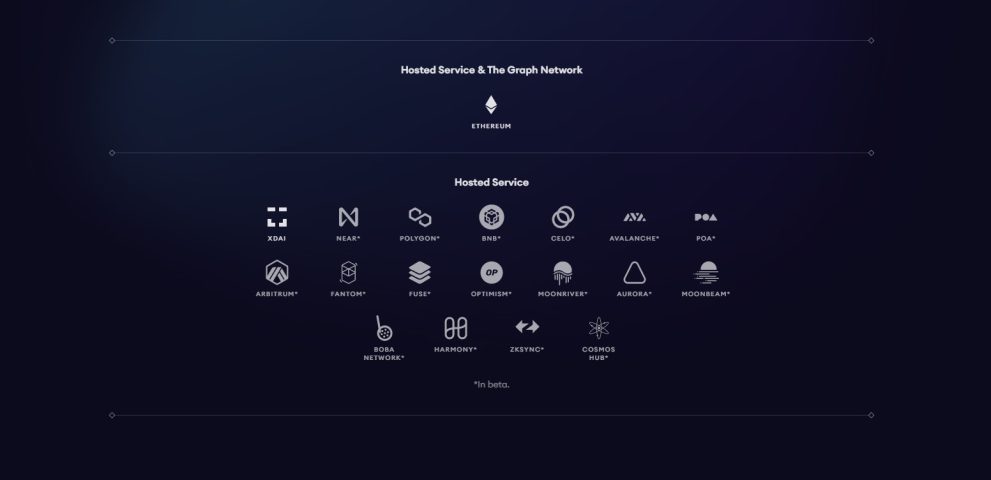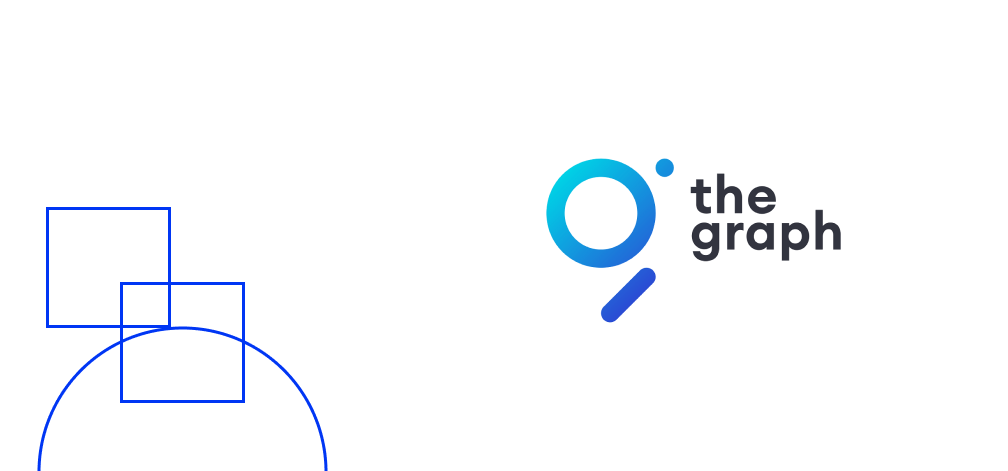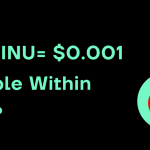Google is to Web2, The Graph is to Web3
You often hear of many things being described as ‘it’s the Google for X”. But have you ever imagined what a Google for blockchains might look like? That’s what The Graph (GRT) is best known as. The Graph is an indexing protocol. That means it organizes blockchain data through integration with several blockchains. This blockchain protocol employs what we call “subgraphs” to create datasets that can be broadcasted across decentralized applications (dApps). More on this in a moment.
Think of it like this; Google is a search engine for the general internet.
The Graph is like a search engine for Web3 — the new-age version of the internet hosted on multiple blockchains.
The Graph (GRT): Creation Story
The Graph was the brainchild of Yaniv Tal, Jannis Pohlmann, and Brandon Ramirez in 2017. The trio had previously worked as partners on multiple startups that focused on software development before that time.
Understanding the innate needs of developers from experiencing indexing and querying setbacks when building on Ethereum, the founders of The Graph sought to make it easier for developers to access necessary data when building powerful software.
Drawing inspiration from the way Amazon, Google, and Microsoft dominated the data storage industry today, the founders of The Graph soon realized that without the avenue for data indexing and querying, it was notably difficult to develop powerful applications. With this aim in mind, the trio went to work on a possible solution, which led to the creation of The Graph, an application that made data retrieval significantly easier for developers and the crypto community by extension.
The Graph has since grown to be a solid pillar of Web3 and an important bridge or linkage to blockchain databases.
So far in its journey, the blockchain project has raised roughly $25 million and is backed by some big names in crypto, such as Coinbase Ventures and Multicoin Capital. In 2020, The Graph launched its native token, GRT, which currently sits at the number 56 position in the top crypto rankings. As of September 14 2022, GRT has a market capitalization of $762 million and a price tag of $0.109, according to CoinMarketCap.

Source – CoinMarketCap | GRT Price Page
The Graph can be used to query data from networks such as Ethereum and IPFS (Interplanetary File System), the decentralized layer of Filecoin, and several others in the Beta stage.

Source – The Graph | Hosted Networks
The Use Case of The Graph: Why Is It Critical for Developers?
To understand The Graph better, think of a book with an “indexes” page. In this book, the indexes are sorted alphabetically or in some logical and organized format. The same can be seen with databases; they are sorted in an orderly manner so that you can locate important data easily between applications.
Naturally, blockchains do not arrange data in an orderly manner. It’s a ‘dump yard’ of past transactions and other related data. If you were to search for information on the blockchain without knowing exactly where it was, you’d have to start from the genesis block upwards to find that which you seek. Good luck doing that!
Such a task promises to be time-consuming, energy-intensive, and unproductive. This is where blockchain explorers like Etherscan operate, as it has copied all the data on the blockchain and organized it in its own database so users can locate information easily using centralized platforms.
You might be wondering, why not simply download the blockchain for yourself and become your own data platform? For starters, it’s a logistical nightmare. Downloading entire blockchains requires a massive amount of storage space and equipment. The blockchain also adds new data by the second, meaning you’d have to constantly update your makeshift system so you don’t lose pace.
Meanwhile, relying on blockchain explorers, such as Etherscan, introduces the problem of centralization.
How The Graph Works
When a blockchain project uses The Graph, the indexing platform creates an platform, or in more technical speak, an application programming interface (API), of this new project, which is then made available for others to query data from for their desired purposes. These APIs are called subgraphs. Ring any bells: Reddit and subreddits?

Source – The Graph | Subgraphs
Unlike the subreddit structure, The Graph takes it further by having smaller subgraphs within subgraphs. The indexing protocol provides an explorer for developers, which can be used to query data using a native programming language called GraphQL.
The Graph’s Architectural Composition
The Graph is built with four network participants in mind; indexers, curators, delegates, and consumers. These participants form a support cycle, making each member group a critical pillar of the network.
Source – The Graph | Network Architecture
Indexers
Indexers on The Graph network are node operators that are responsible for providing indexing and query services. Indexers are required to stake GRT tokens, which are subject to “thawing” or slashing in events of malfeasance or agreement breaches.
Curators
Curators signal indexers on what subgraphs are worth indexing or focusing on. This network participant group signals indexers to specific subgraphs by depositing GRT tokens into a bonding curve. Curators earn a portion of the query fee generated from the underlying subgraphs.
Source – The Graph | Staking on Bonding Curve
Delegators
Delegators are the everyday GRT holders who can stake their tokens through delegation to one or more target indexers. By delegating tokens (staking), this group earns a portion of both the indexing fee and query fee.
Consumers
Consumers are the end users and pay for the services rendered by indexers and typically include developers, web services, or middlemen. Consumers’ role in The Graph is important, considering they are responsible for demand.
A Web3 Google in the Making
Blockchain plays a critical role in Web3, and in some cases appears synonymous with Web3. Expanding the base of the blockchain or Web3 can only be achieved through the creation of new and innovative blockchain solutions and decentralized applications (dApps).
The Graph plays a critical role in the growth of the blockchain ecosystem by making it much easier to index and query data. The Graph allows for a truly decentralized flow and access to data, thereby making it easier for all participants, such as developers, consumers, and regulators, to approach Web3 and blockchain technology.
That said, the indexing protocol still has a significant amount of scaling to perform to take up its central position as the future of decentralization in Web3.









